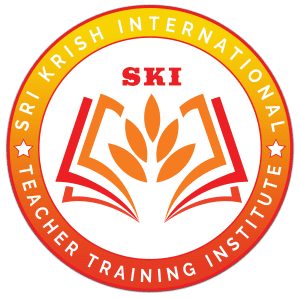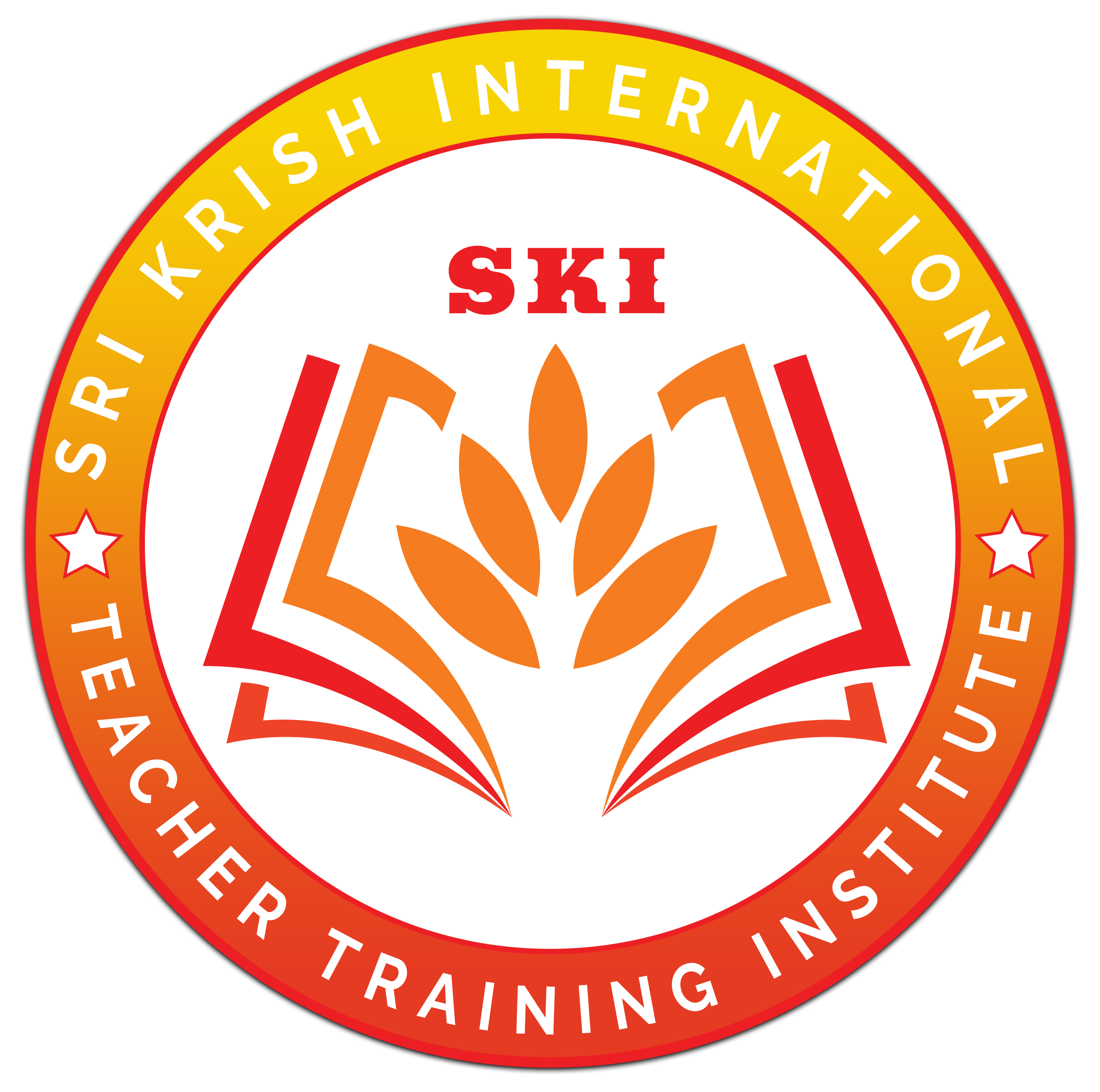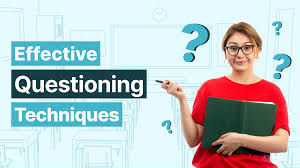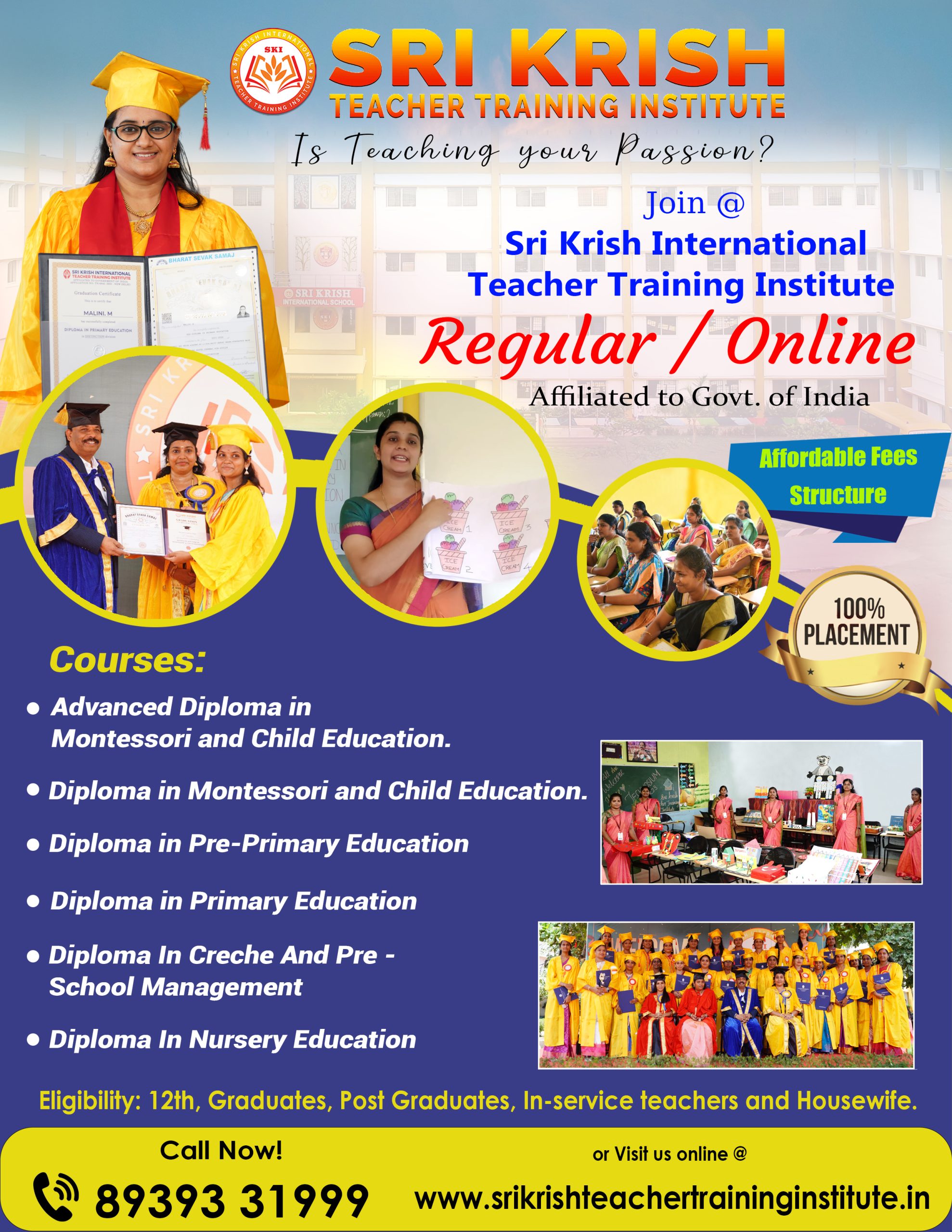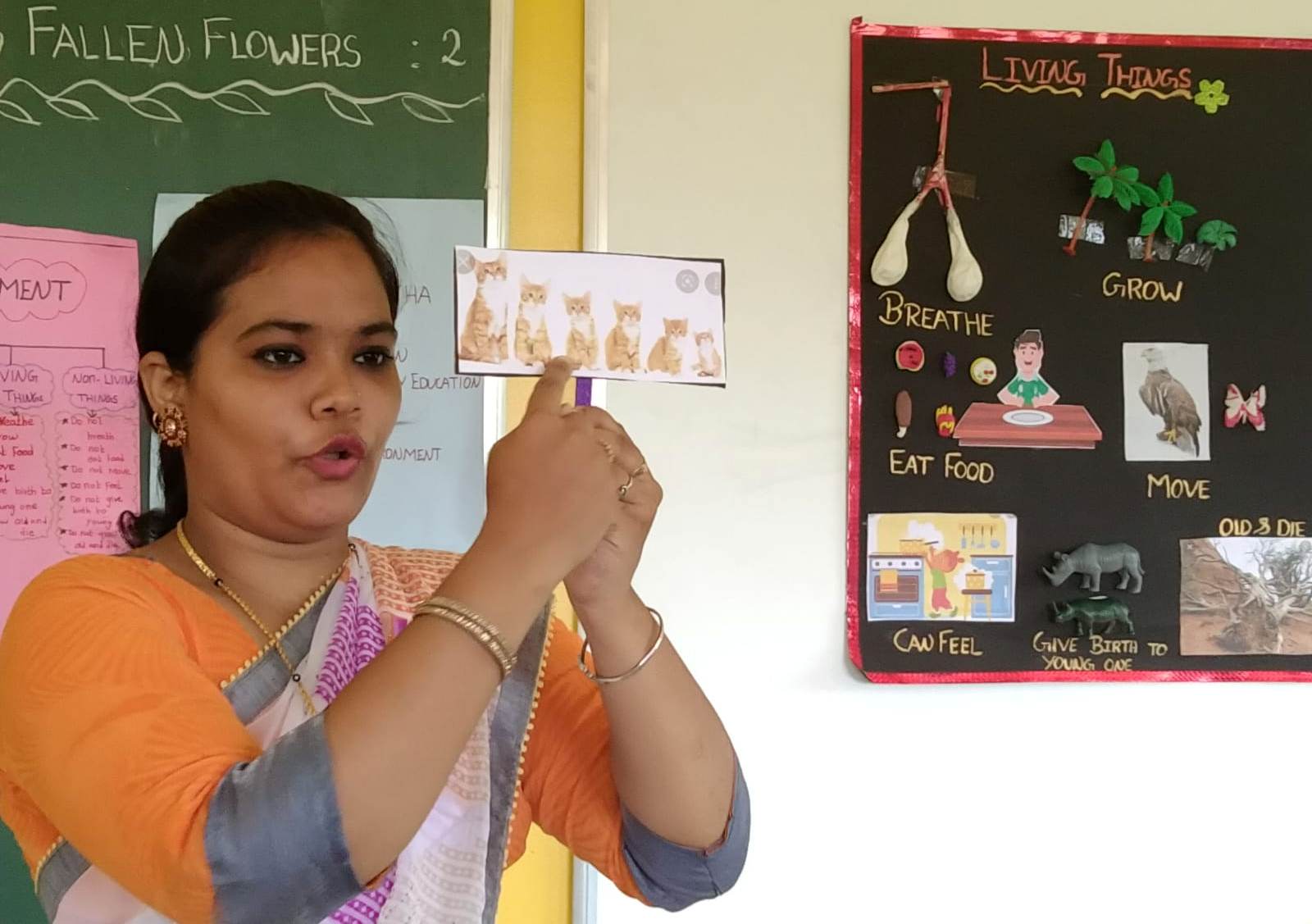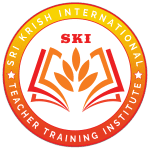Effective Classroom Questioning Techniques for Teachers


- Distribute questions so that all, including non-volunteers, are involved.
- Balance factual and thought-provoking questions.
- Ask both simple and exacting questions, so that the poorer students may participate and the brighter students may be extended.
- Encourage lengthy responses and sustained answers. (Avoid yes-no questions, questions overlaid with afterthoughts, fragmentary questions, and those that tug or encourage guessing. NOTE: If you catch yourself asking a yes-no question, add “Explain.”)
- Avoid: “Does anyone know…?” and “Who can tell us…?”
- Allow time for thought. Wait until five or six want to speak
- Start the crossfire by asking, “What’s your opinion of that answer…?”
- Don’t drop too quickly a student who seems unable to answer. If a student is nonplussed, inquire “How can we help…out?”
- Use the overhead technique: 1) question, 2) pause, 3) name.
- Personalize questions (“Pretend you are … what would you do?”)
- Increase your wait-time to 5 seconds or longer if needed.
- Become aware of how long you wait for particular students to respond after your question has been stated. Consciously focus upon increasing your wait-time for “slow” or shy students.
- Include types of questions which call upon higher cognitive skills than merely rapid-fire memory questions.
Questions must be guided by definite aims. They should be asked:
- to test a student’s preparation (Find out if students did their homework.)

- arouse interest (Bring them into the lesson by motivating them.)
- to develop insights (Cause them to see new relationships.)
- to develop ideals, attitudes and appreciations (Ask questions that cause students to get more than knowledge in the classroom.)
- to strengthen learning (Review and summarize what is taught.)
- to stimulate critical thinking (Develop a questioning attitude.)
- to test achievement of objectives (Check to see if what has been taught “sank in.”)
Good questions are: 

- purposeful (asked to achieve a specific purpose)
- clear (students understand what they mean)
- brief (stated in as few words as possible)
- natural (stated simply, in conversational English)
- thought-provoking (they stimulate thought and response)
- limited in scope (only one or two points in chain of reasoning called for)
- adapted to the level of the class (tailored to the kinds of students in the class)
Question types that should be avoided:
- yes-no (These draw one-word — Yes or No — responses: “Does the square root of 9 equal 3?”)

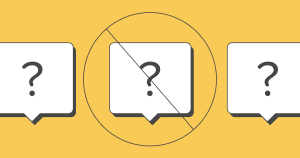
- elliptical (These are vague: “What about the League of Nations?”)
- guessing (These encourage speculation rather than thought: “How long do you think man has been on earth?”)
- leading (These tend to give away answers: “How do vitamins help to build strong bodies and make up deficiencies?”)
- vague (These don’t give students a clue as to what is called for: “Tell us about concave lenses.”)
